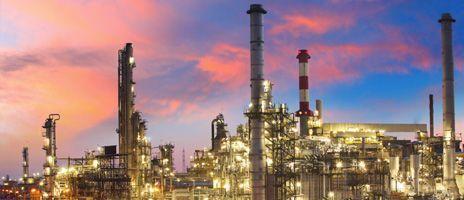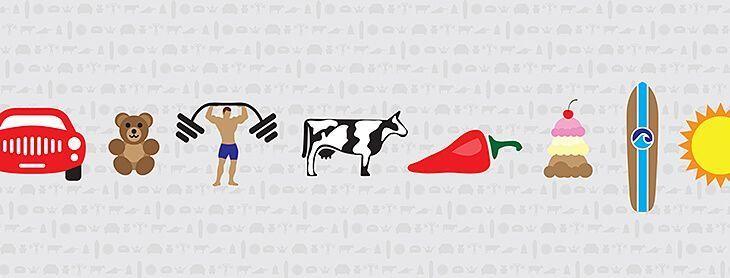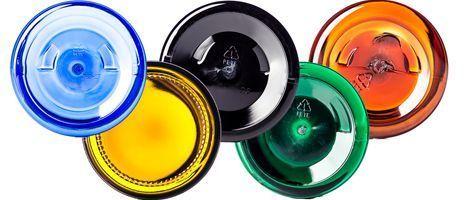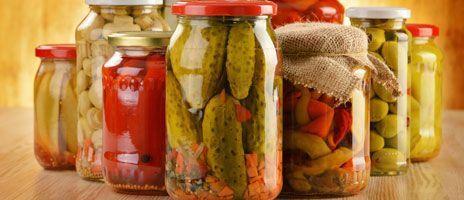Plastic 102: Exactly How Is It Made?


Last time, we learned a little bit about plastic and how useful it is. Today, we are going to find out exactly how plastic is made. You probably already know that a lot of plastic comes from oil, and you may know that some comes from natural gas. But how does it get from crude oil or natural gas to the bottle of shampoo on the grocery store shelf? Let's take a look.
All plastics have one thing in common: hydrocarbons. Check out this blog post and infographic for a visual guide to these building blocks. Crude oil and natural gas are naturally high in hydrocarbons, making them excellent sources to tap for plastic manufacturing.
Oil and Natural Gas: Ingredients for Plastic
Millions of years ago, things died. Algae, dinosaurs, zooplankton, and other organisms were eventually buried under sedimentary rock. These fossils were exposed to high pressure and heat, and turned into crude oil and natural gas. These fossil fuels are extracted from beneath the earth's surface. These fuels can't be used in its raw form, so they are sent to a refinery.
Distilling the Crude Oil: Hot Separation
At the refinery, the oil is heated in a fractional distillation tower. As the oil is heated, all but the biggest molecules evaporate. As the vapors rise up the tower, the molecules begin cooling and condensing. The heaviest molecules cool first, and are used for industrial fuel and lubricating oils. The lightest molecules, used for automotive fuel, condense last. The mid-weight molecules condense part way up the tower; these molecules, propane and ethane, are used to make plastic.
Condensing the Natural Gas: Cold Division
Natural gas is treated to separate the molecules used to create plastic. The gas is pumped into a condensing chamber, where it is cooled. As it gets colder, ethane and propane molecules condense from the gas and are transported away to make plastic.
Cracking the Ethane and Propane
After the ethane and propane are removed from the crude oil and natural gas, they are cracked. This means that they are heated to an extremely high temperature, causing the molecules to crack, or separate. The molecules are turned into propene (or propylene) and ethylene, two of the main building blocks of plastic. These molecules are called monomers.
Monomers to Polymers to Pellets
When the ethylene and propene are separated, they are then pumped into a reactor. There, they are combined with a catalyst, which causes a chemical reaction. This causes the molecules to join together into long chains. These chains, made up of linked monomers, are called polymers. The polymer is then combined with additives and melted, then cooled and cut into pellets. These pellets (often called “resin” by the bottle and closure manufacturers) are then sent to plastic manufacturers, where they are melted and molded into plastic products.
If you've made it this far, you now know how plastic is made from the source. In the next installment, we will explore further the chemical makeup of the six main types of plastic, and how each of them is made. Check back soon to find out more!




